Shocking inequality in South Africa in the lens of a drone
Categories: Photo project | Society
By Pictolic https://pictolic.com/article/shocking-inequality-in-south-africa-in-the-lens-of-a-drone.htmlFor almost fifty years, systematic racial discrimination and segregation have been common realities of life in South Africa. The situation began to change in the early 1990s, changes were made to the legislation, but apartheid has already penetrated the architecture of the country. Roads, rivers and fields began to play the role of buffer zones to separate people by race.
In 2016, photographer Johnny Miller went to shoot the architecture of apartheid from a bird's eye view. By separating whites from blacks, the Government was able to restrict the access of the indigenous African population to education, high-ranking positions at work and urban resources, which led to a catastrophic gap between the rich and poor segments of the population. Miller's pictures show this contrast so vividly for the first time. Most of the photos can be seen on the website that the photographer created for his photo project — Unequal Scenes.
(12 photos in total)
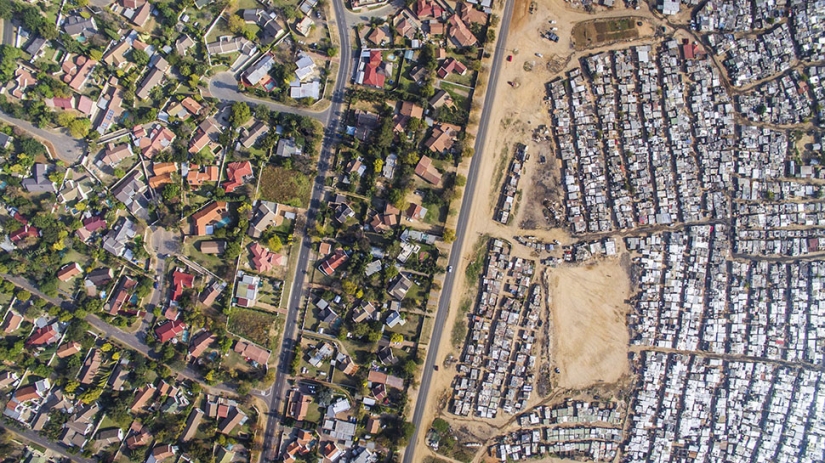 Source: Business Insider
Source: Business Insider
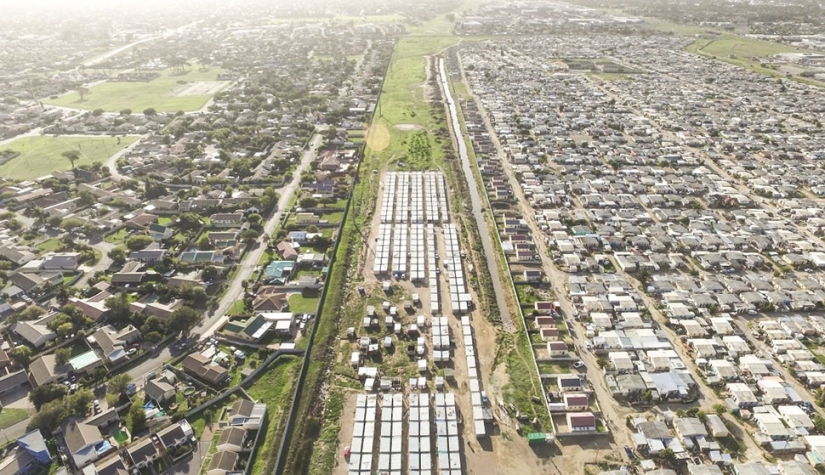
Cape Town is a city unlike any other. "He's incredibly handsome,— Miller says. "And it's the quintessence of the South African mix of the first and third worlds."
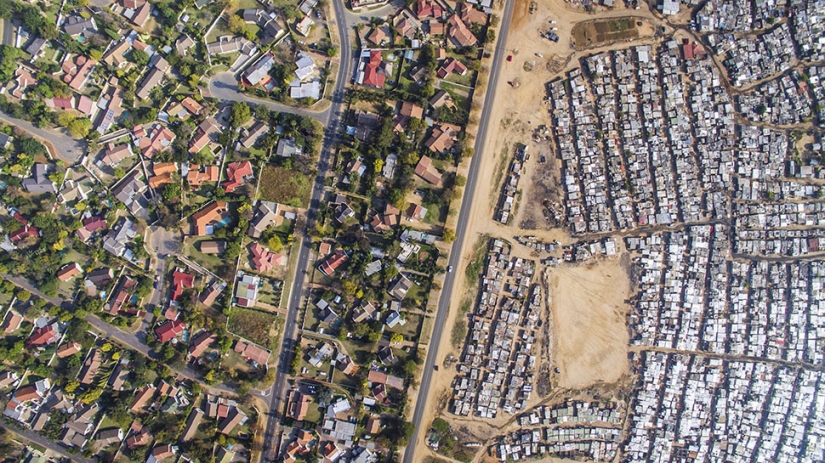
Black people have suffered from disenfranchisement in South Africa for centuries. Since 1948, the apartheid regime has protected racism by law.
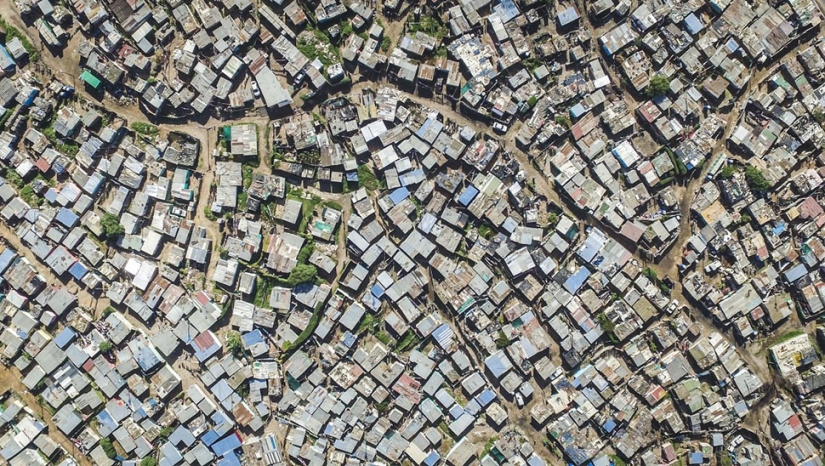
Under apartheid, labels arose to distinguish non-whites by origin. Blacks were from the Eastern Cape and spoke the Xhosa language, and mixed people, who were called "colored", descended from slaves from Indonesia and Madagascar or were from indigenous Khoisan tribes.
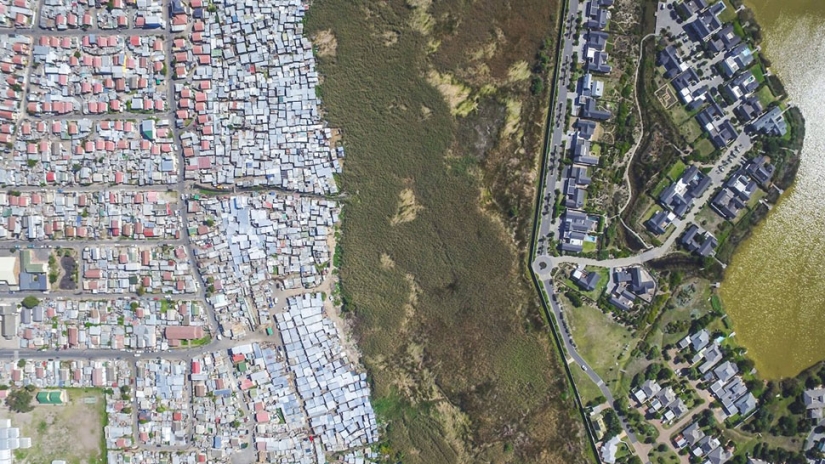
During the apartheid years, black people were forcibly expelled from their homes in rural areas and driven into slums. The changes were carried out in time and places so that the black population of South Africa would not unite into a nationalist organization.
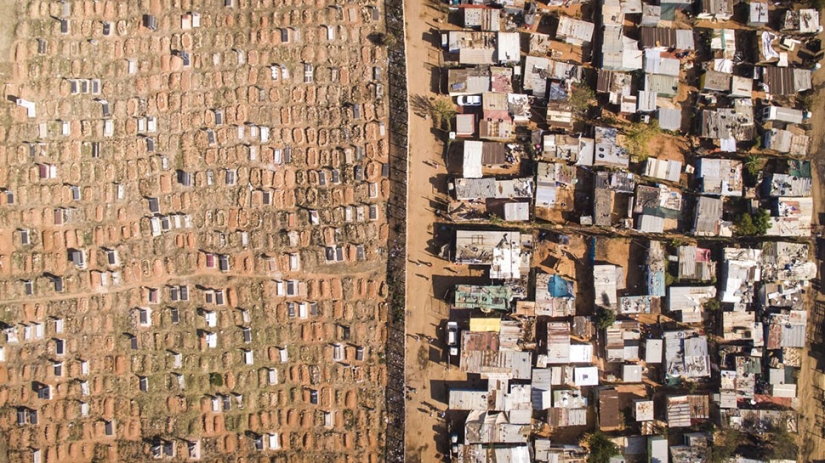
Apartheid is no longer the law. But for more than fifty years, it has left its indelible imprint, and many black residents still live in tin shacks, isolated in sandy, arid places far beyond the city limits.
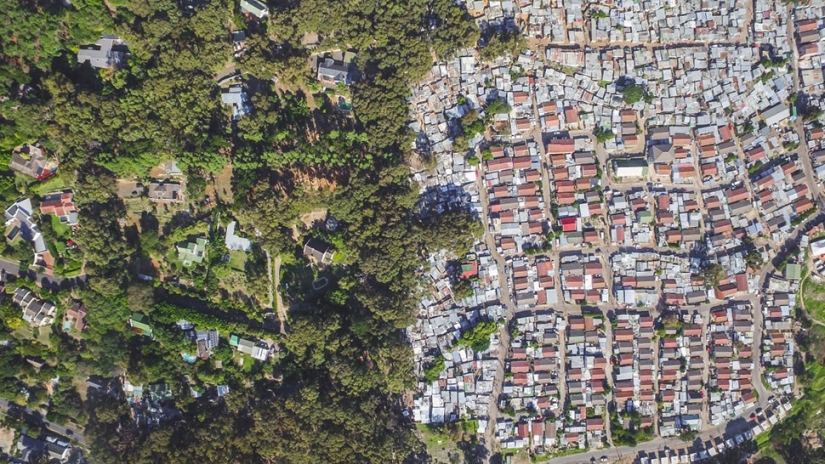
Rich whites have taken over wooded areas on the Atlantic coast and near Table Mountain, closer to the city center and its resources.
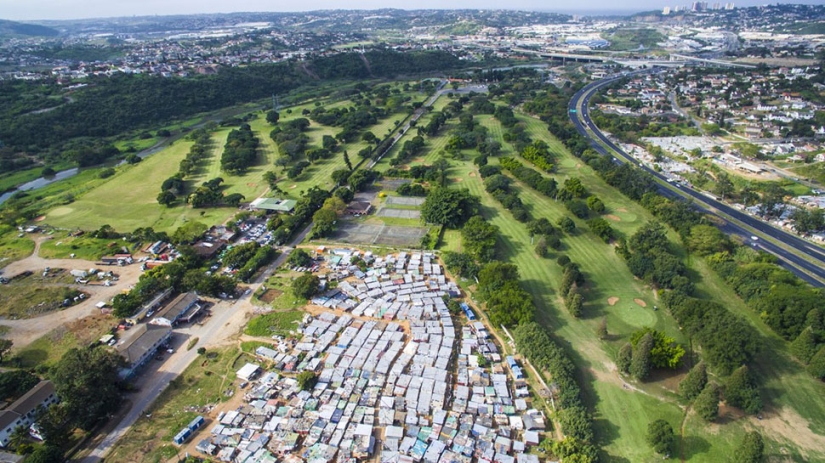
"Interestingly, sometimes there are very poor neighborhoods that exist in the middle of rich neighborhoods for one reason or another," Miller says.
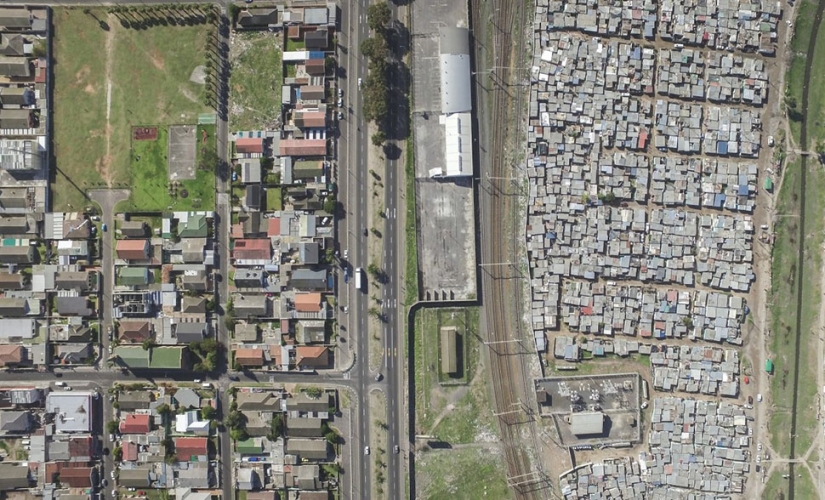
Miller wanted to capture these neighborhoods. He used a website that turns census data into an interactive map, sorting residents by race, income and native language.
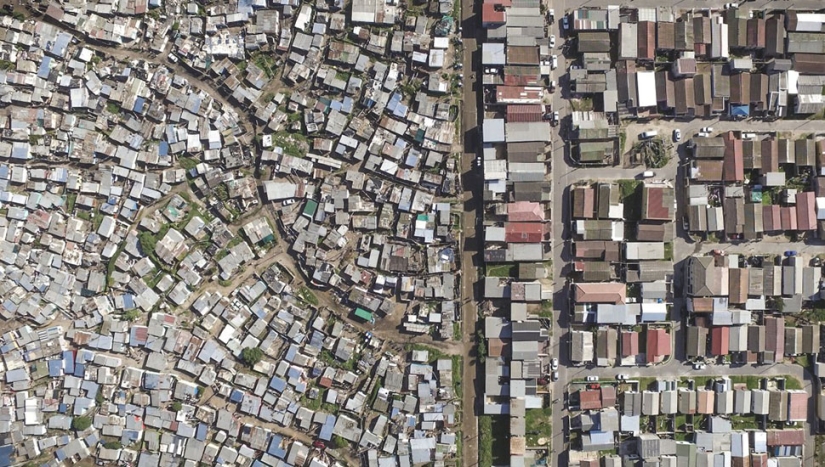
Google Maps helped him identify safe zones where he could launch and land the DJI Inspire One drone. In South Africa, it is possible to use drones legally, if it is not related to making a profit.
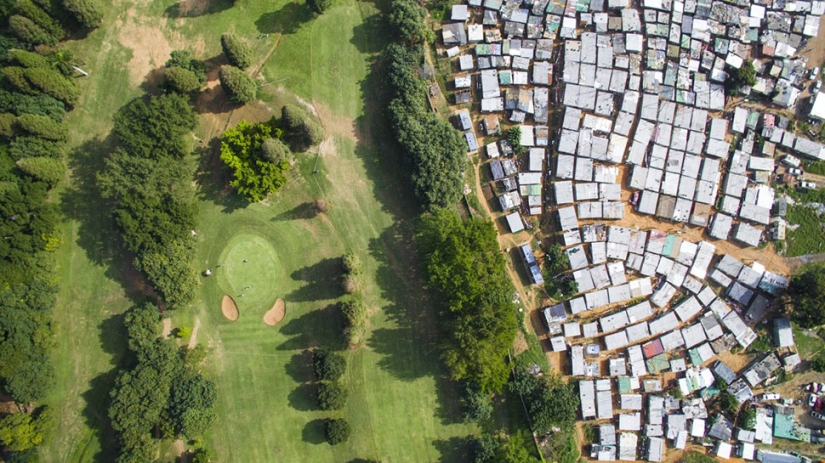
The results of the shooting were incredible. "I knew that the separation was very strong, but I didn't realize how strong it was until I looked at it from above," says the photographer.
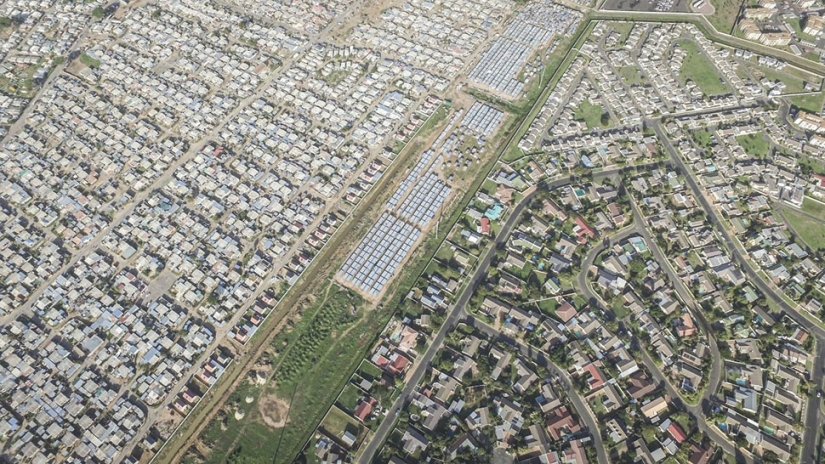
His photos were seen by hundreds of thousands of people around the world, and this caused a whole palette of responses, including intolerant comments.
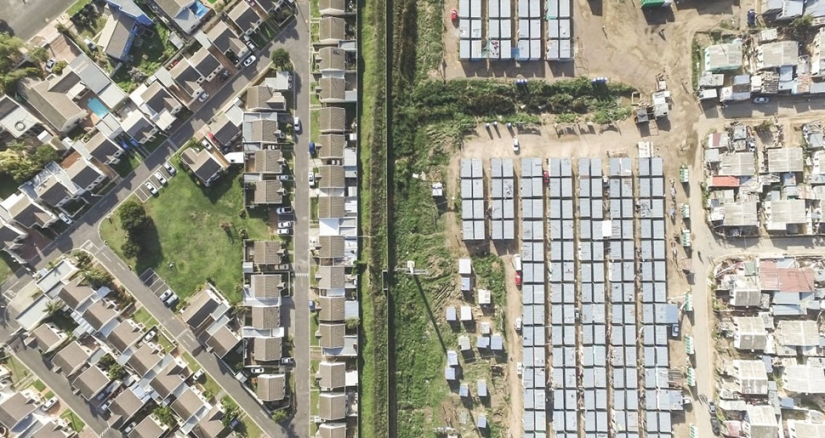
"People are afraid of the unknown, of those who speak a different language, have a different skin color, a different culture," Miller believes. — And this fear can be understood if we take into account the history and circumstances. But this attitude has to change."
Keywords: Apartheid | Drone | Border | Contrast | Inequality | Differences | Racism | Photographer | South africa
Post News ArticleRecent articles

A wrinkled forehead, a toothless mouth, frowning brows or, conversely, a happy smile and the absence of hair or their rare ...

Have you ever wondered what is the oldest name on the planet? No, we don't mean Adam and Eve, which the Bible mentions. We are ...
Related articles

Professional photographer Eleanor Bones (Eleonora Costi) from Florence, Italy, calls himself a "digital nomad". She says she fell ...

A young extreme photographer from New York shows unusual angles of the metropolis. Rufer, named Humza Deas, was only 17 years old ...

United Arab Emirates is not just a cool glossy shopping malls and dazzling skyscrapers of Dubai and Abu Dhabi. Australian ...

It's sad to say, but we're all going to die. Death comes into the life of any person, and often unexpectedly. However, there are ...